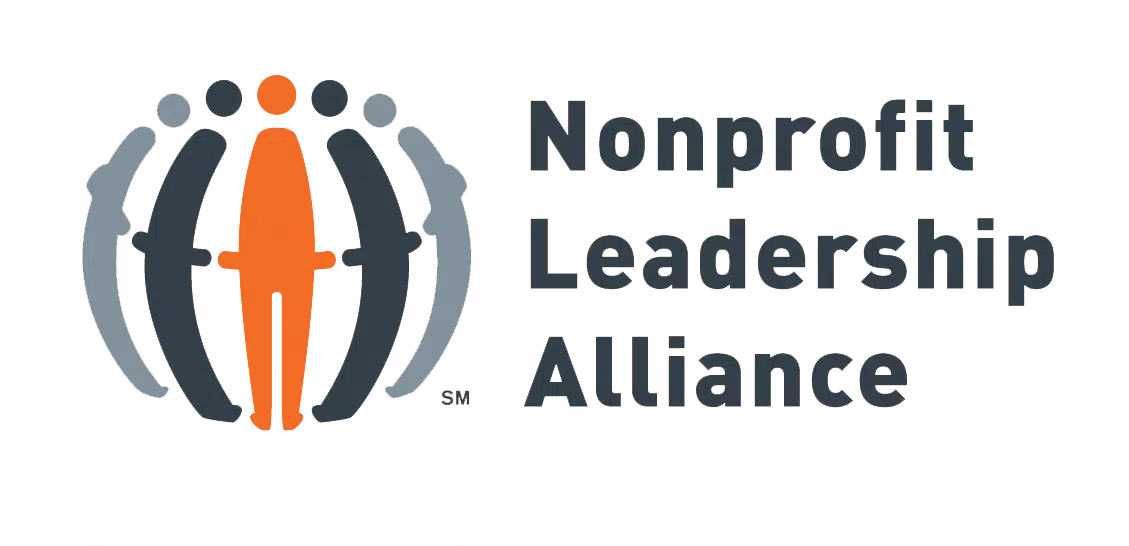Written by Miles Bilka
Reading Time: 2 minutes
In present society, we are often faced with learning new information about others or ourselves that forces us to rethink how we view the world. One new piece of information that we might be unaware of within ourselves is our implicit bias of people within or outside of our lives. An implicit bias can be seen as a specific attitude towards others that impacts how we view, act, and treat the people around us. Implicit biases are unconscious, meaning we are not necessarily cognizant of the fact that we are experiencing these feelings. However, this does not mean that we will never be able to recognize and possibly change our implicit biases.
Being aware of and understanding our biases is incredibly important for a multitude of reasons. These unconscious thoughts deeply impact our everyday interactions with the world around us. By feeling negatively towards a specific group of people without being fully aware of it, we risk putting others at a disadvantage, creating a hostile environment for them to be in, or possibly putting them in dangerous situations. For example, if a doctor with a negative implicit bias towards black people were to treat a black patient, they may be less likely to give them the same standard of care that they would give a patient of a different race. That implicit bias would be detrimental to the health and wellness of countless individuals that might be coming to see that doctor. If we are able to recognize the negative biases we have, understand why we have them, and work to change them, then we are one step closer to creating a safer and more productive working environment for everyone.
Identifying and understanding our implicit biases can sound difficult on the surface – how do we combat something that we are not even fully aware of having? Easier said than done, right? However, there are plenty of ways to begin the process of challenging your unconscious thought. Begin by participating in self-reflection and make yourself aware of the biases you might have. Consider your relationships with others – when I think of Person X, what are my initial thoughts? Are they positive or negative? Why do I react this way to them? If you realize the relationships in your life seem very similar to each other, try branching out and developing new relationships with people who are different from you.
Create new, positive experiences with people who do not share the same experiences as you and begin rebuilding your view of others. Now that you are aware of some of the things that influence your biases, recognize these things whenever you can. Begin changing your actions by taking your initial, negative thoughts and giving them a positive spin. Understanding and identifying our implicit bias can be difficult, but the positive change that can come from being aware is certainly worth the challenge.
Are you interested in exploring more important topics like this within your organization? Subscribe to the Leaderosity Library, our on-demand virtual course catalog.
We encourage you to take your learning one step further by accessing our 3-course training series, Leaders for Equity & Social Justice for $50 OFF.
